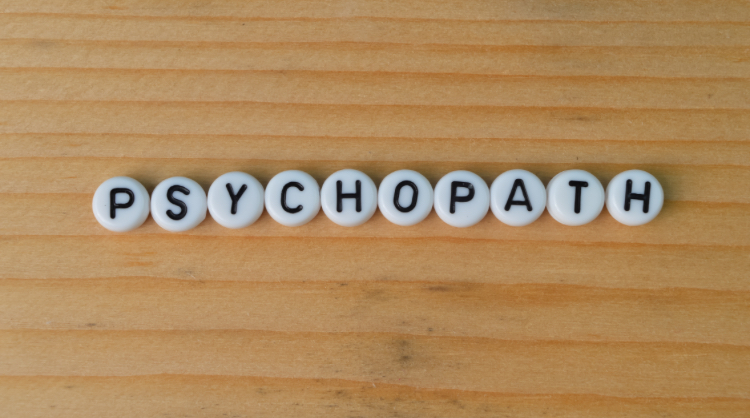Demon Slayer: Infinity Castle is set to release in U.S. theaters on Sept. 12, and it carries some massive expectations. The anime franchise rose to prominence thanks to the excellent visual work by animation studio Ufotable, and fans should expect nothing less than a visual feast from this big-screen installment.
Fortunately, Infinity Castle delivers on every front: visually, emotionally, and through its relentless action. The film feels cinematic in scope while retaining the heart of the series, digging into each opponent’s past so that every victory or loss resonates with real weight — something that Demon Slayer always excelled at. Most importantly, it strikes the perfect balance between storytelling and spectacle, drawing viewers in with its narrative and rewarding them with breathtaking, meticulously choreographed battles.
But during an early press screening of Infinity Castle, I realized something else: no anime blends 2D animation and computer-generated imagery (CGI) as seamlessly as Demon Slayer.
In anime, CGI typically involves 3D models and animation. Studios use it for various reasons: to reduce costs, handle intricate designs like machinery or crowds, achieve dynamic camera angles impossible in 2D, or deliver specific visual effects. Done poorly, it can feel clunky and distracting. Done well, it enhances the story’s impact, introduces new visual textures, and elevates the overall animation.
Unfortunately, CGI in anime has earned a bad reputation. Entire shows built around it have often been panned, like 2016’s Berserk. The newly announced Fist of the North Star CG anime faced immediate backlash the moment visuals dropped. Even when used sparingly, CG can clash with traditional animation. In Dragon Ball Super: Broly, the shift between 2D and CG is jarringly obvious and breaks immersion with each rewatch, even if later installments refined the look.
The issue is even clearer in Attack on Titan. Wit Studio’s first three seasons used CG with restraint, integrating it smartly. But when MAPPA took over for season 4, the heavier reliance on CG made it stand out awkwardly, especially when episodes first aired before the home release polish. Early scenes felt stiff and unrefined, leaving many fans disappointed.
However, it took me well beyond season 1 to even realize Demon Slayer was using CG, which proves how seamless its use was during intense action sequences. But once I was clued in, I could appreciate moments like Tanjiro vs Temari and Arrow a bit more due to technical mastery.
Infinity Castle continues this trend and refines it thanks to six more years of expertise from Ufotable. Moments like Shinobu’s confrontation with Upper Rank demon Doma stood out to me by how cinematic CG was applied during transitions, showcasing scale, reflection, and action. The result can only be called poetry in motion.
Similarly, while 2D and traditional animation are celebrated for their timeless appeal, CG is beginning to carve out its own space, showcasing a distinct kind of beauty. Films like Ne Zha and its sequel demonstrate just how dazzling and action-packed full 3D animation can be, delivering battles that rival even some of anime’s best. At its peak, the tech doesn’t just support the art, it disappears into it. Ufotable proves nobody blends 2D and CG better, and Infinity Castle may just be the production house’s magnum opus.
Demon Slayer: Kimetsu no Yaiba – The Movie: Infinity Castle hits theaters worldwide on Sept. 12, 2025.










